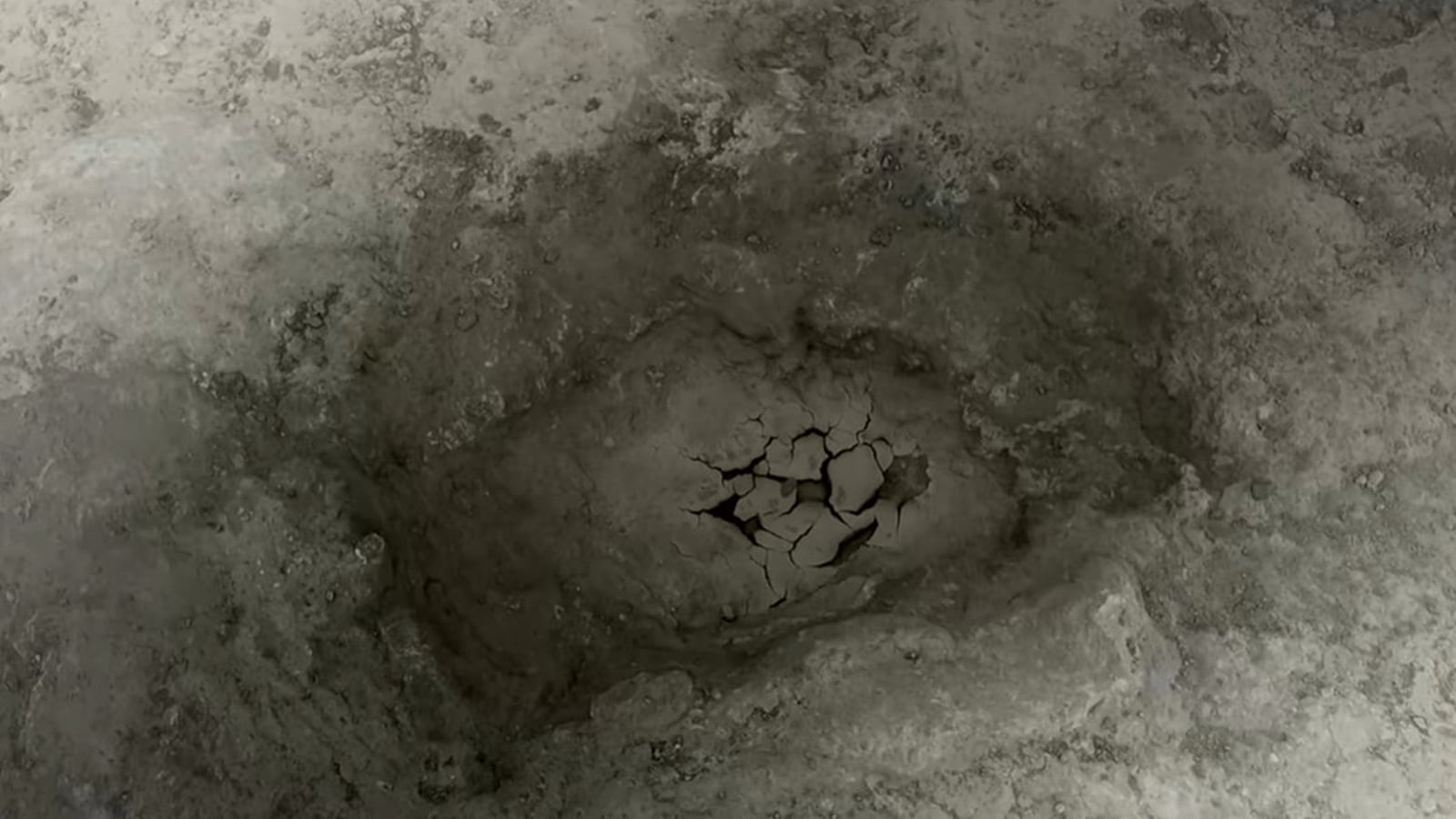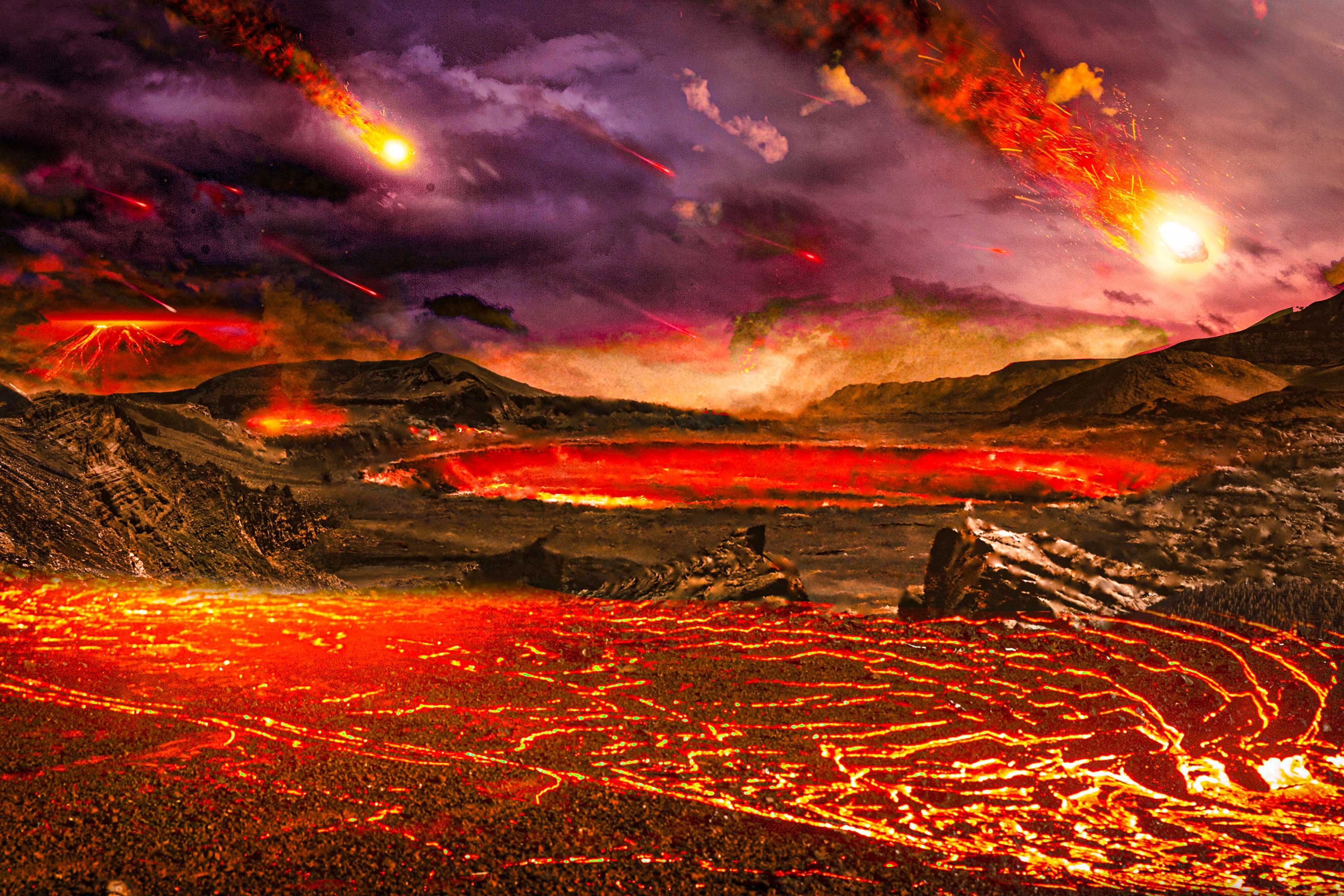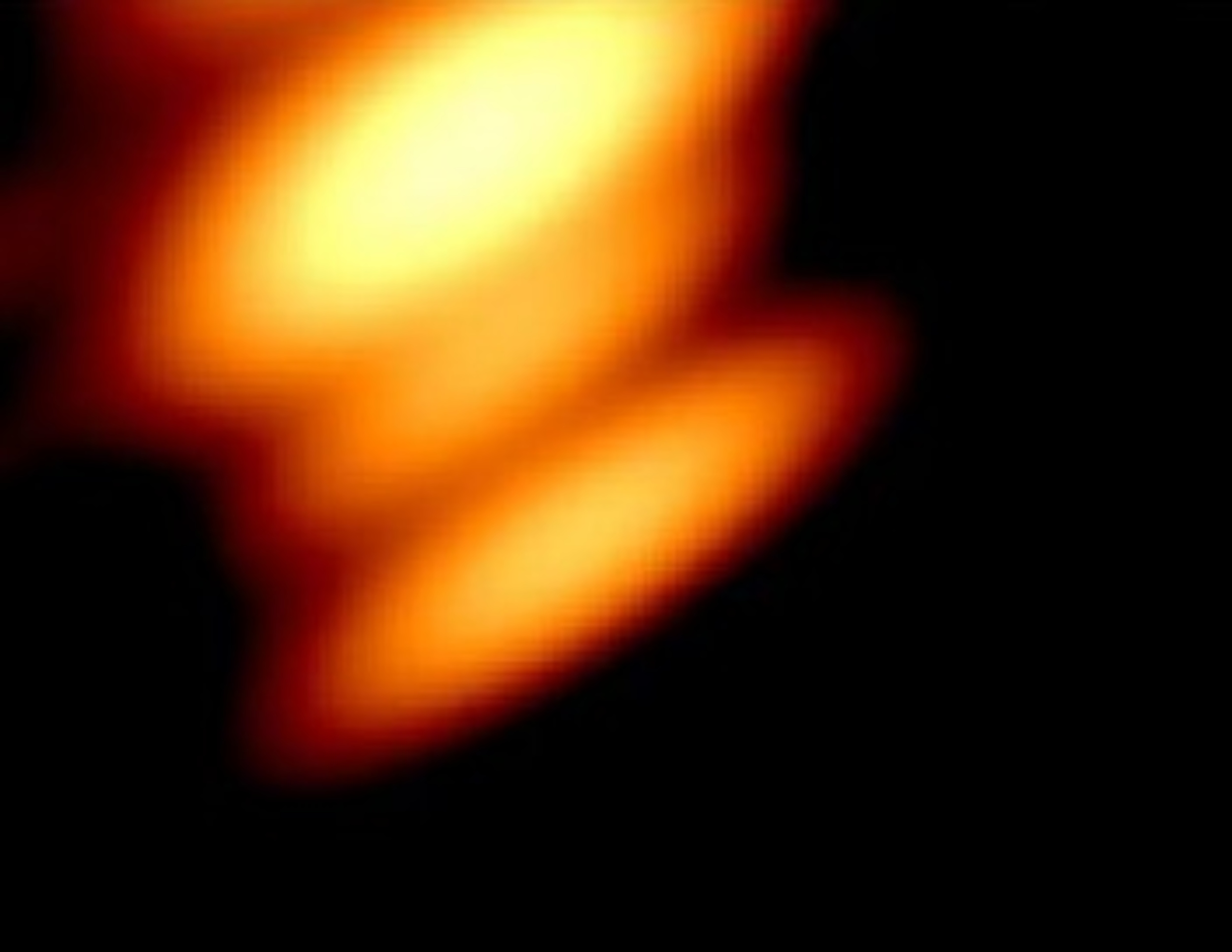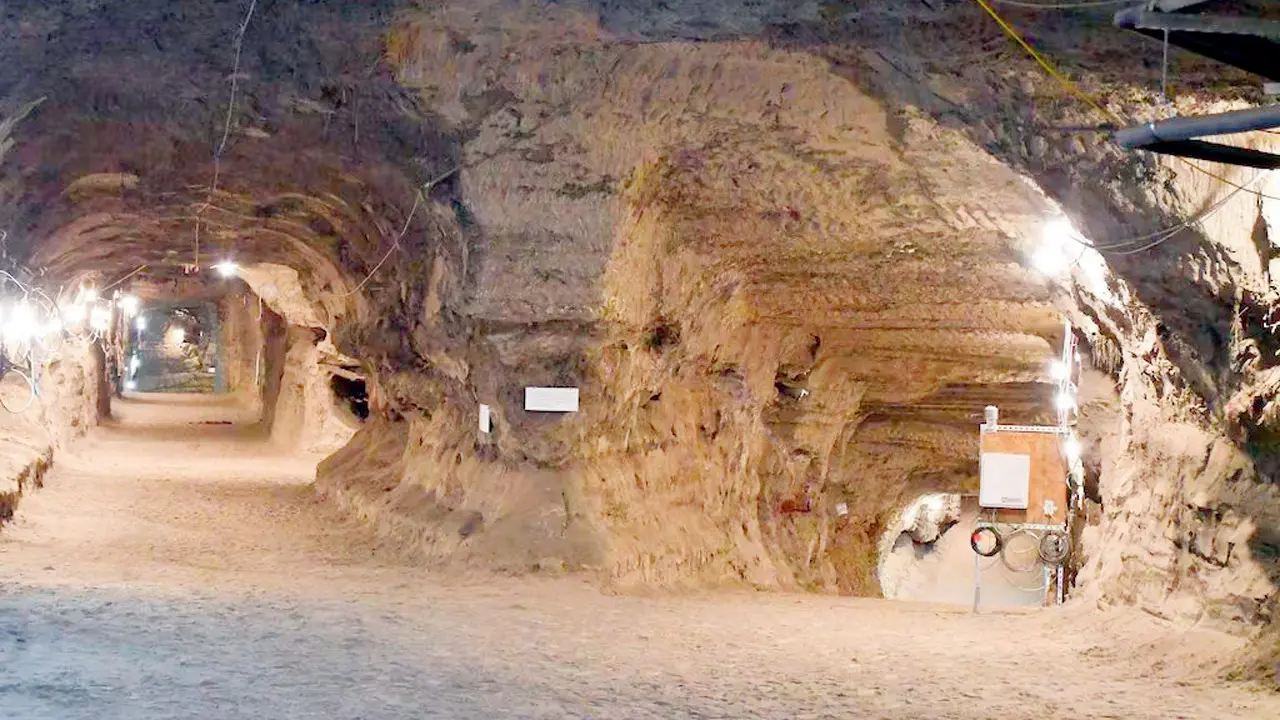Ancient Dinosaur Superhighway Discovered: Shocking Footprints Found in UK Quarry!

Imagine stumbling upon a highway that once hosted giant dinosaurs 166 million years ago! That’s exactly what a team of paleontologists has done in the UK, uncovering a remarkable trackway that was once roamed by the colossal sauropod, possibly a Cetiosaurus. This incredible find, stretching a staggering 220 meters, not only offers a glimpse into the past but also has scientists buzzing with excitement.
The Dewars Farm Quarry in Oxfordshire has turned into a bustling excavation site, with experts from across the UK, including Emma Nicholls from Oxford University’s Museum of Natural History, describing the footprints as “insanely big.” With trucks and diggers clearing away layers of rock, this excavation is nothing short of a Jurassic treasure hunt.
As they delve deeper, they’ve uncovered what’s now being dubbed the dinosaur superhighway—a pathway paved with footprints of these magnificent creatures. According to University of Birmingham palaeontologist Kirsty Edgar, discovering such a massive and ancient trackway is an extraordinary event. “We’re uncovering something that people have never seen before,” she stated, highlighting the rarity of such finds.
The excavation kicked off with a controlled explosion to reveal the long-hidden marks left by these ancient giants. Among the discoveries are footprints that measure nearly 1 meter wide—double the size of an elephant’s! The sauropod dinosaurs, known for their long necks and plant-eating habits, could grow up to 18 meters long. But the excitement doesn’t end there; smaller footprints from a two-legged predator, the Megalosaurus, were also found, marking its territory with distinct three-toed prints.
Dr. Nicholls couldn’t hide her exhilaration: “Even after being a palaeontologist for over 20 years, it still gives you that tingling feeling to see these footprints.” This truly is a moment of awe!
In addition to the dinosaur trackways, scientists are also revealing evidence of marine life from the same era. Duncan Murdock from Oxford’s Museum of Natural History has been examining tiny shells and remnants of ancient sea creatures, painting a vivid picture of the Jurassic landscape that these dinosaurs once inhabited.
The findings from this quarry are not just about footprints; they open up a treasure trove of questions that could help scientists understand dinosaur behavior. Were they solitary creatures or did they travel in herds? Were they being chased or just leisurely strolling?
Last year, this quarry also brought forth 200 clawed footprints of a formidable predator, marking a significant discovery that has paleontologists buzzing about the site’s importance. Since it was first excavated in 1997, the area has yielded over 40 sets of dinosaur footprints, making it a crucial site for future research.
As the team continues to explore the past, each footprint reveals a fragment of a story that has been buried for millions of years. The dinosaur superhighway serves as a reminder that the Earth is a living museum of history, waiting to share its secrets.




























